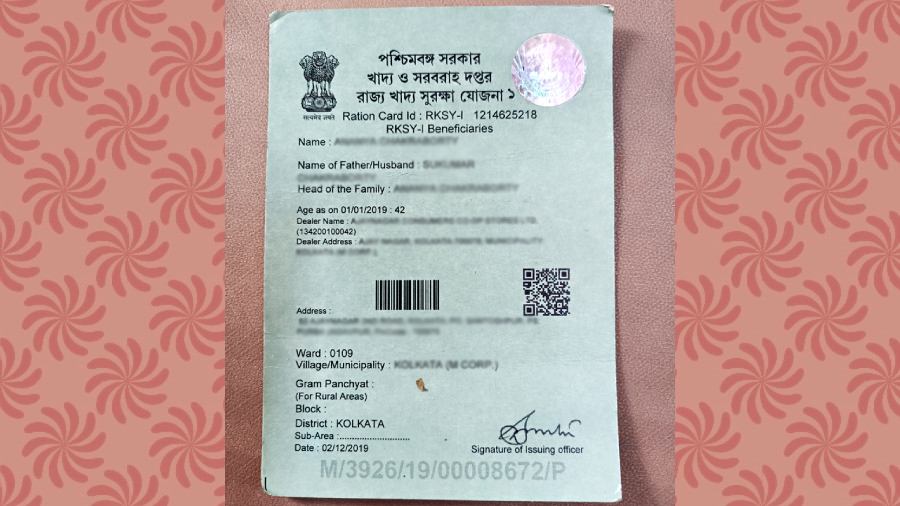India’s largest public sector bank State Bank Of India (SBI) is planning to separate its digital entity. In the process it will revamp current mobile banking application YONO and make it into ‘Only YONO’ in order to be ahead of times. It is highly probable that bank with revamp the app in 12-18 months and will transfer existing YONO Customers to ‘Only YONO’.
According to a notice by the bank, “Only Yono is envisaged as the next generation of Yono which will make SBI ready to launch a complete digital bank with a leaner and modular architecture, more streamlined journeys, sleek and personalized customer-centric design and capturing value from ecosystems.”
This has been done previously by many banks across the world in order to make the services more targeted. The idea is to cater all the needs of a definite customer segment. Last year, NITI Ayog released few papers that hinted that full stack digital banks should be a new segment in the banking sector. Till now RBI has not called for any separate licensing arrangement for full stack digital banks but banks should be prepared.
Also read:
How Mukesh Ambani Played Winning Trick On Amazon

The concept of digital banks in India is not standardized and individual banks have their own devised ways to offer services. SBI Officials think that very soon central regulator Reserve Bank of India will bring guidelines to standardize digital banks. SBI launched YONO in 2017 and as on March 31, 2021 the number of downloads crossed to 70.5 million and user base of 37.09 million.
SBI said, “Though Yono has been adopted by customers at a very high pace, in order to consolidate its leadership position, it has been decided by the bank to give Yono a revamp as Only Yono not only in terms of features and functionality, but also in terms of ease of use and customer experience.”
A report by McKinsey said, “The digital-only bank can operate at very low cost, up to 70% lower in steady state compared with traditional operations. Creating such a separate entity often allows it to be launched faster, with fewer constraints related to legacy technology, and it allows banks to test concepts at lower risk before attempting to transform their entire business.”



